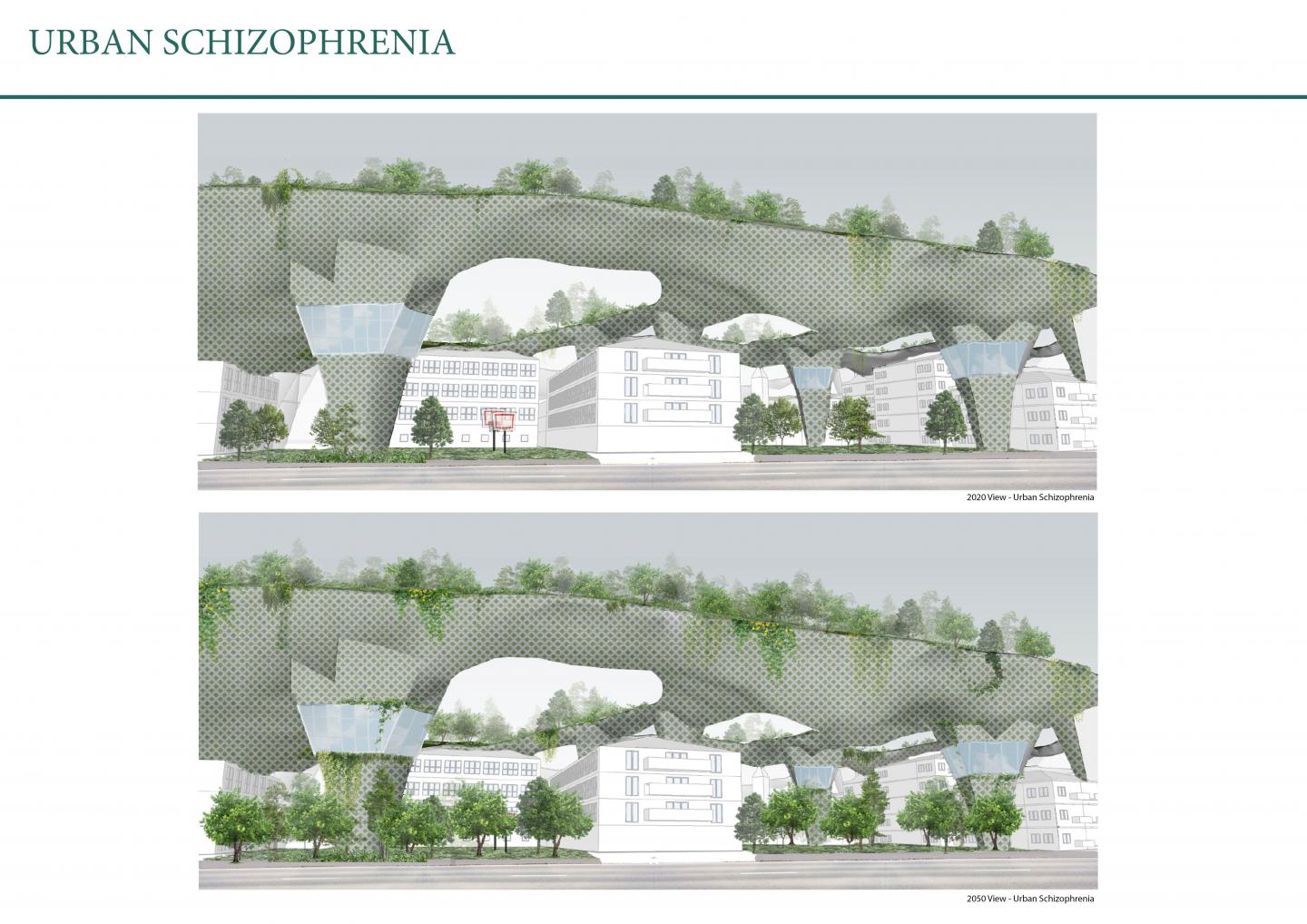The formation of cities in the focus of consumption today and the emergence of negative effects of consumer culture on urban life are discussed. Mankind has consumed it throughout history in order to maintain its existence and meet its needs. Consumption grows out of needs day by day and turns into a phenomenon based on desires. As the population of cities expands, these functional qualities also change. Cities are areas of production, as well as consumption. In the history of cities, there are areas where agricultural production is carried out. With the industrial Revolution, urbanization takes on a global dimension. Cities are at the center of production and consumption processes. The functional qualities of cities also affect the areas of their use in the city. Cities have been the center of commercial activities in every period of history. Trade and the consumption it brings are among the functions that give the cities a centrality feature.
Its designs produce accessible spaces on a human scale with a rural new layer that settles in the upper layer of the existing built environment. The design constructs rural and natural life, which is the purpose of the establishment of the Etimesgut region, but which has been lost as a result of consumption becoming widespread and transforming cities, in the upper layer of the city. In their designs, the students aim to enable today's urban residents to access their rural dreams at the upper level by moving away from the city shaped by consumption.
2021
It’s a concrete structure with topographical elements. The concrete that has been used in the structure is called porous concrete. This type of concrete allows plants to grow inside it. With the plants porous concrete gets relatively stronger. Porous concrete allows air flow and transmits rainwater. Also porous concrete is more sustainable since less concrete is used than normal.
Gözde ARTAN
Nadide ERGUN
Instructor: Murat SÖNMEZ



















